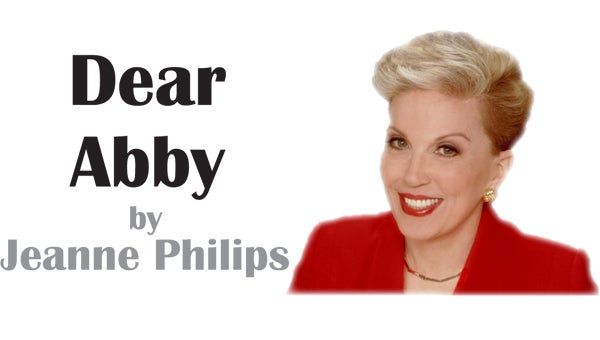Piggly Wiggly, Sole Owner Stores and the Green Bay Packers
Published 5:00 pm Tuesday, September 14, 2021
|
Getting your Trinity Audio player ready...
|
By Bill Carey
Tennessee History for Kids
The rise and fall of Memphis businessman Clarence Saunders involves Piggly Wiggly, the Pink Palace, the New York Stock Exchange, Sole Owner Stores and (as a footnote) the Green Bay Packers. It’s hard to tell fact from fiction.
Saunders learned the grocery business as a young man in Clarksville in the early twentieth century. He moved to Memphis and, in 1916, opened his first Piggly Wiggly store, changing the face of grocery stores in the process.
At the time most grocery stores were owner operated. Customers would walk in the door and give their lists to a clerk, who would retrieve their items. If the clerk had six people waiting, the customer had to wait for those ahead of them in line to be served. Additionally, most grocery stores extended credit to their customers.
Saunders set up his store to be completely different. Each store was identical, with each product in the same location in each store. The stores had one-way aisles to expedite traffic. Piggly Wiggly advertised heavily, much more so than any mom-and-pop grocer could possibly do. And the stores operated on a “cash only” basis. “Your dollar at Piggly Wiggly will not help pay the BAD DEBTS of others,” one Tennessean ad said.
And from where did Saunders get the name? “It took me two hours to find a name that was ridiculous enough,” he later said.
As his chain and wealth grew, Saunders developed a reputation of flamboyancy in Memphis. He built a massive mansion of pink Georgian marble, appropriately named the Pink Palace.
Customers flocked to Saunders’ stores, and he took his company public within a couple of years after its founding. By 1922 there were 1,200 Piggly Wiggly locations in the U.S., about half owned by the company and the other half by franchisees.
However, in 1923 Saunders lost control over Piggly Wiggly after a complicated series of events involving ownership of the company’s stock. Although the explanation of what occurred is very complicated, here is a brief summary: Saunders borrowed millions of dollars in an attempt to buy control of his own stock. But on Wall Street, his plot backfired, and Saunders went from wealthy to destitute overnight. In a final effort to retain control over his company, Saunders and Tennessee Governor Austin Peay went to Detroit to ask Ford Motor Co. founder Henry Ford to intercede. Ford refused to meet with the two men from Tennessee (which gives you some idea of how important Henry Ford was at that time).
Piggly Wiggly stores remained open, but no longer under Saunders’ management. For a while, the grocery store chain was led by a Nashville man named James Bradford (who later started a Nashville brokerage house called J.C. Bradford & Co.)
Saunders did not quit, and later started another grocery store chain called (oddly enough) Clarence Saunders: Sole Owner of My Name. (Saunders apparently got the name because a bankruptcy judge once admonished him by saying “You, sir, own nothing. You are only the sole owner of your name.”) Sanders ran his Sole Owner stores — as they were known — quite aggressively. In fact, he had a tendency to build them right across the street from Piggly Wiggly stores.
To promote his grocery store chain, Saunders even organized a professional football team known as the Sole Owner Tigers. On December 15, 1929, a week after winning the NFL championship, the Green Bay Packers lost to the Sole Owner Tigers, 20-6.
The Sole Owner chain closed during the Great Depression. Today there are still Piggly Wiggly stores throughout the South, franchised to independent owner-operators under a myriad of arrangements. Meanwhile Saunders’ former mansion, the Pink Palace, is a museum. Among its many exhibits is a replica of a Piggly Wiggly store.




